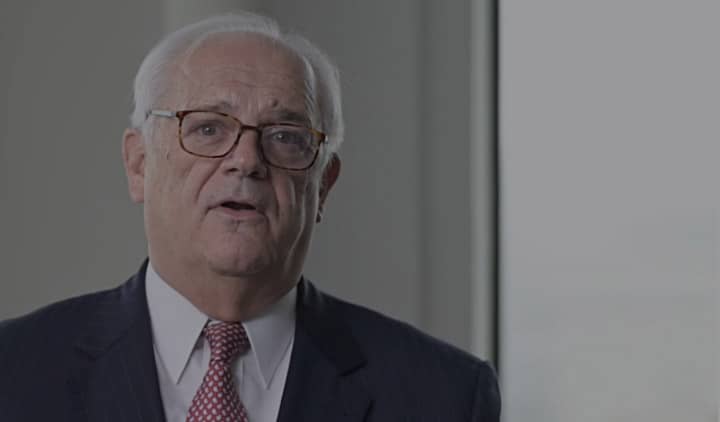Our skin is the largest organ in our body. It protects us from harmful agents that lead to infections. It also plays a vital role in regulating our body temperature.
A severe burn injury can prevent the damaged skin from healing properly. Under these circumstances, the destroyed skin must be replaced with healthy skin through a surgical procedure called skin grafting. A skin graft involves transplanting skin from another part of your body – or from another person – to the site of the damaged skin.
Where Does The Healthy Skin Come From?
Whenever possible, doctors will take healthy skin from your own body to replace the damaged tissue. Your body is much more likely to accept the grafted skin when it recognizes it as your own. This method of skin grafting (called “autograft”) greatly reduces the risk of infection and autoimmune rejection.
When an autograft is not possible – for example, when you do not have enough healthy skin tissue to replace the damaged skin – doctors will use skin from another person. The donor may be an identical twin, a family member or a cadaver. Some burn centers even graft artificial skin.
Called an allograft, this method involves a greater risk of complications. Doctors often resort to allograft as a temporary solution while waiting for the ideal time to harvest skin from your own body.
Types Of Skin Graft Procedures
After a burn injury, there are several methods of skin grafting:
- During a pinch graft, doctors transplant small pieces of healthy skin onto the injury site. The segments of new skin eventually heal and merge together.
- A split-thickness skin graft involves replacing the damaged tissue with healthy skin that consists of only the top layer (the epidermis) and a small portion of deeper tissue (the dermis). The new skin grows and attaches over time. Because the new layer of healthy skin is relatively thin, this procedure is generally used only for nonweight-bearing areas.
- A full-thickness graft involves replacing all the skin layers along with the associated blood vessels and deep tissues. Generally, this type of graft is appropriate for weight-bearing areas such as the feet. It also makes sense for burns that damage deep tissue.
- A pedicle graft involves taking healthy skin while leaving a small flap attached. This procedure ensures a good blood supply while the removed portion of the skin heals in its new location. Generally, this type of graft is used for the face or hands.
Determining which type of skin graft surgery is most suitable depends on the location and severity of your burns. Like other surgeries, skin grafting involves risks. It’s important to weigh these risks before going forward.
Additionally, all techniques for skin grafting typically result in scarring. The degree and type of scarring depend on the location, extent and type of graft.
Let Us Take Care Of Your Legal Worries
Skin grafting is major surgery that has far-reaching physical and financial implications. Coping with the aftermath of a serious burn injury is difficult enough. You should not also have to worry about legal and financial concerns.
At Walkup, Melodia, Kelly & Schoenberger, our attorneys can identify your options for financial recovery. Walkup is among the oldest and best-known personal injury law firms in Northern California. Based in San Francisco, our lawyers have won groundbreaking awards for burn victims nationwide.
Get a free assessment of your legal options by calling 415-906-3764. You can also fill out the online contact form.


